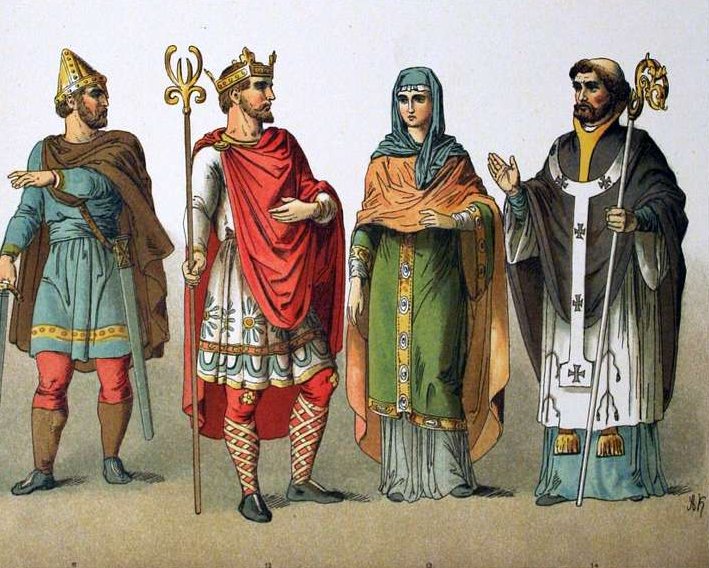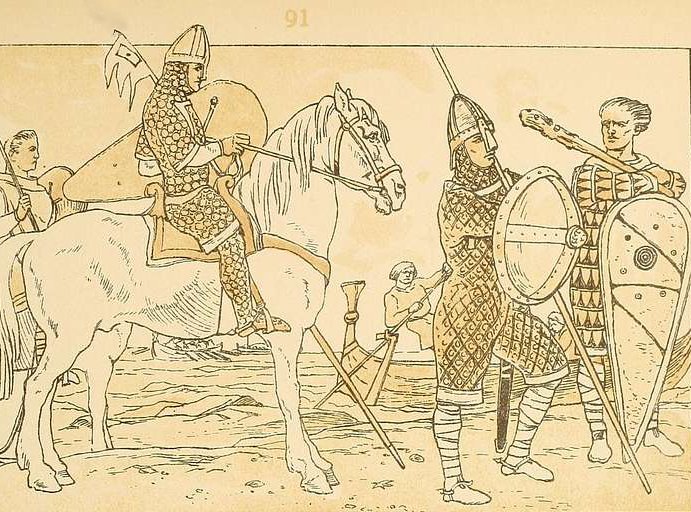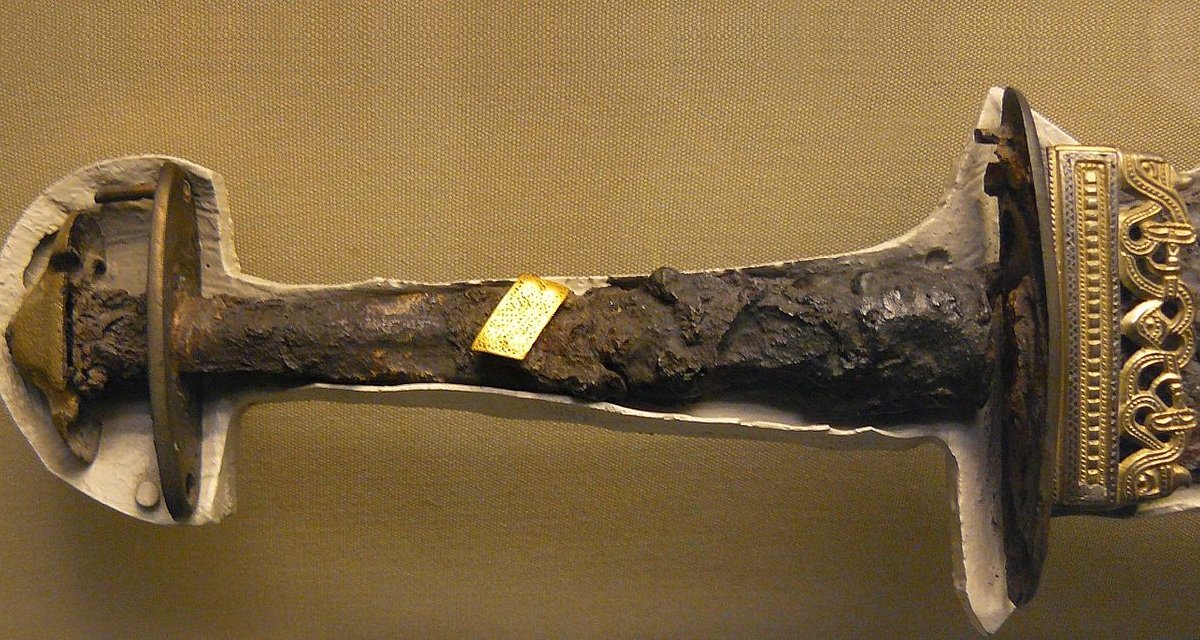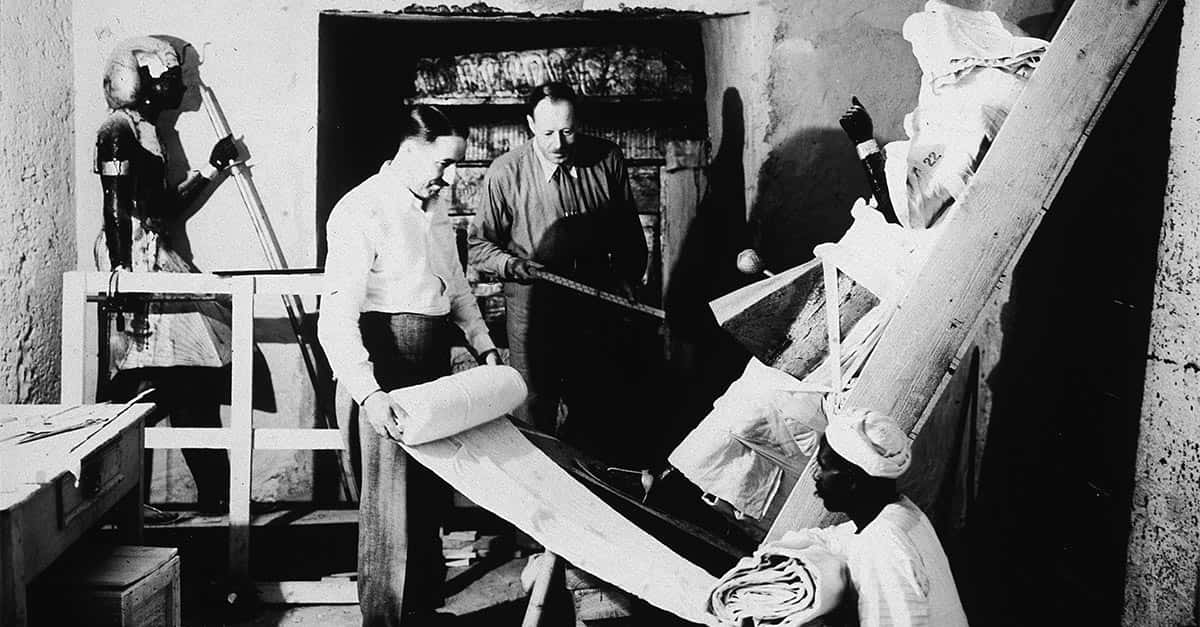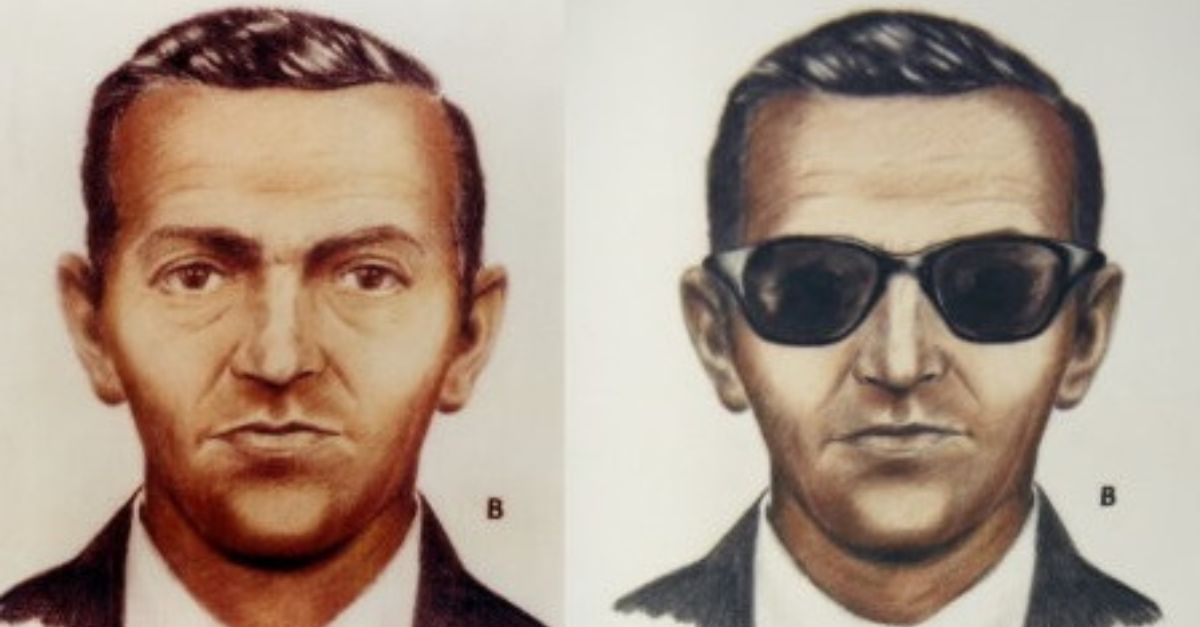An Ancient Anglo-Saxon Cemetery Is Giving Up Its Secrets
An ancient sixth-century sword was recently unearthed from an Anglo-Saxon cemetery in the United Kingdom—and it was in an exceptionally well-preserved condition.
The 1,500-year-old sword has been described as being in the “top echelons of swords”—which means it’s a pretty good sword.
And while it may just be the most exciting treasure found—it wasn’t the only one.
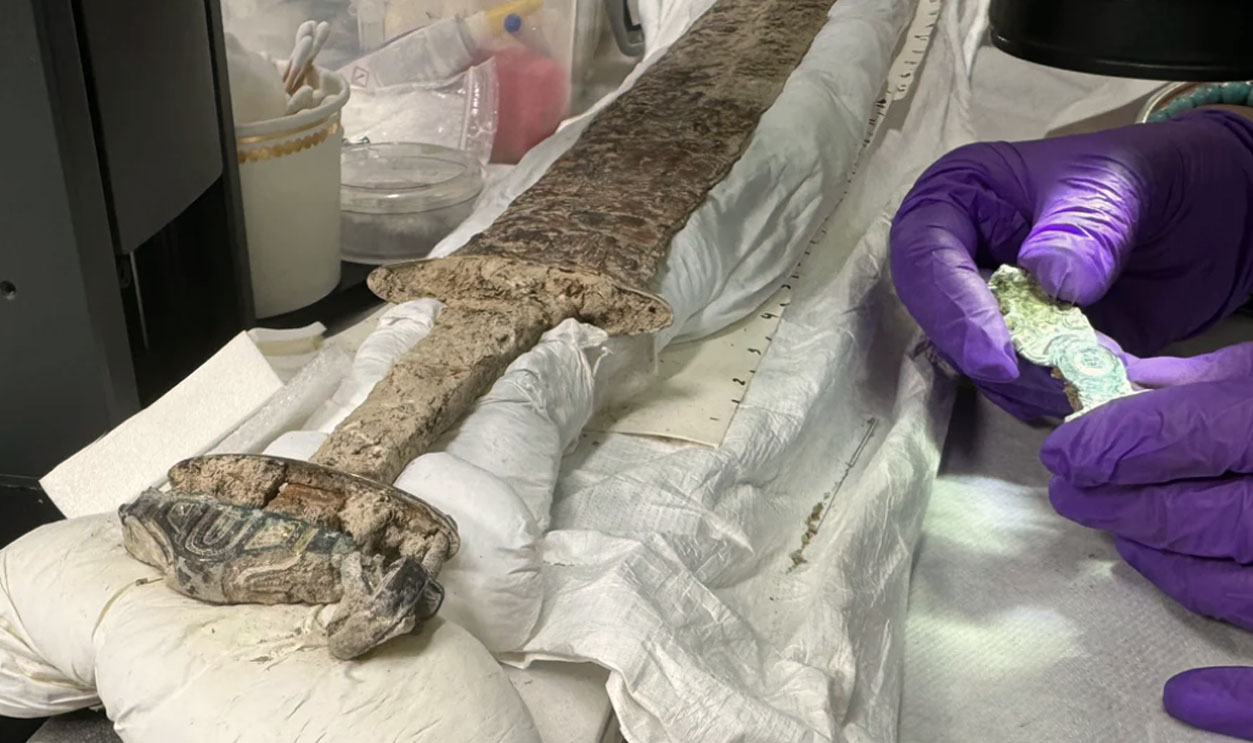
Who Found It?
A group of archaeologists, led by Duncan Sayer, a professor of archaeology at the University of Central Lancashire, were digging for treasure in an Anglo-Saxon cemetery in rural Kent when they struck gold—literally.
The site was one of the most astonishing archaeological digs in the country, as the burials held a trove of grave goods, but the team was particularly impressed by the sword—and for good reason.
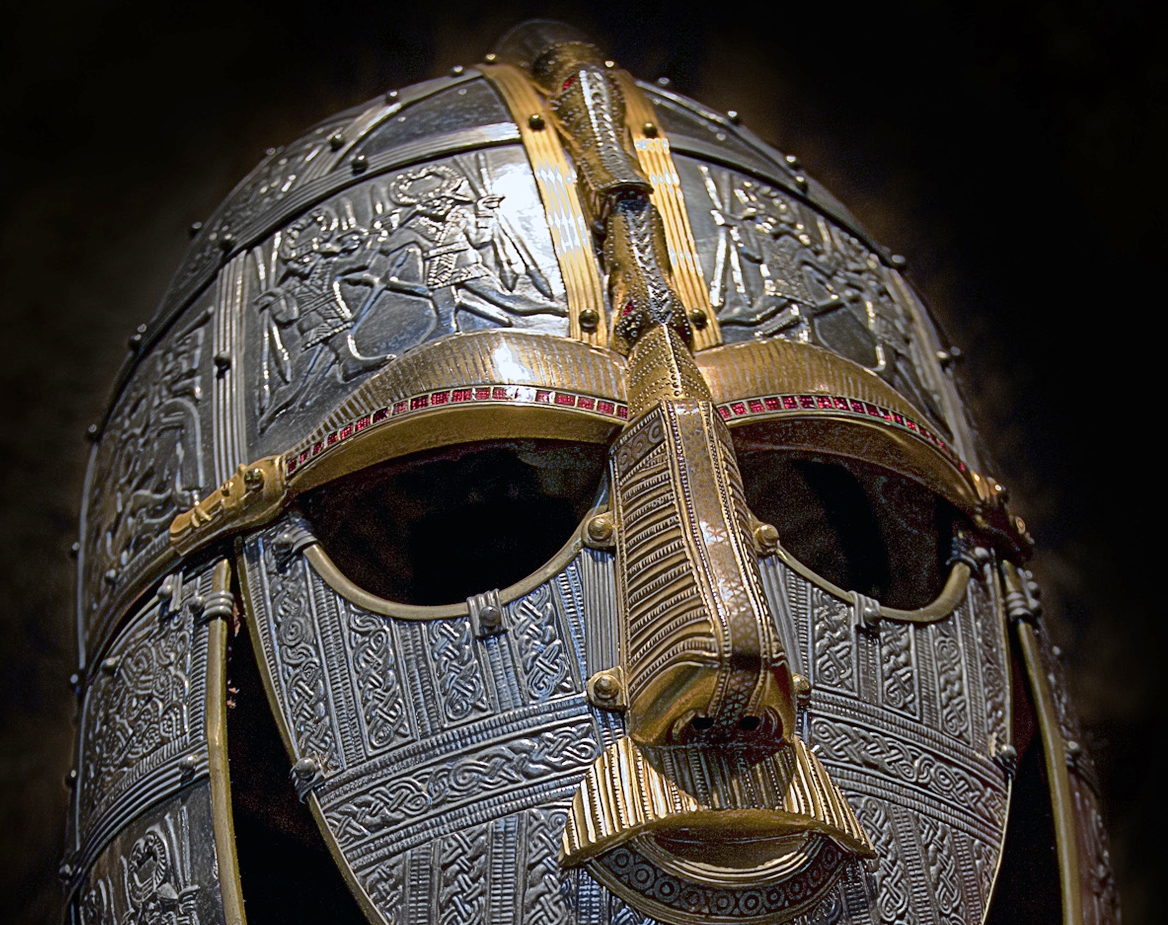 British Museum, CC BY-SA 2.5, Wikimedia Commons
British Museum, CC BY-SA 2.5, Wikimedia Commons
Where Was It Found?
The site is said to be an “extraordinary” Anglo-Saxon cemetery for high-status individuals. It boasts beautifully furnished graves and a great deal of historic weapon burials where you find things like iron spear-points and seaxes (Anglo-Saxon knives).
Upon further discovery, all of the male graves had weapons such as spears and shields, and all the female graves had knives, brooches, buckles, and other pieces of gold jewelry.
As incredible as these findings are, they were still no match for the medieval sword.
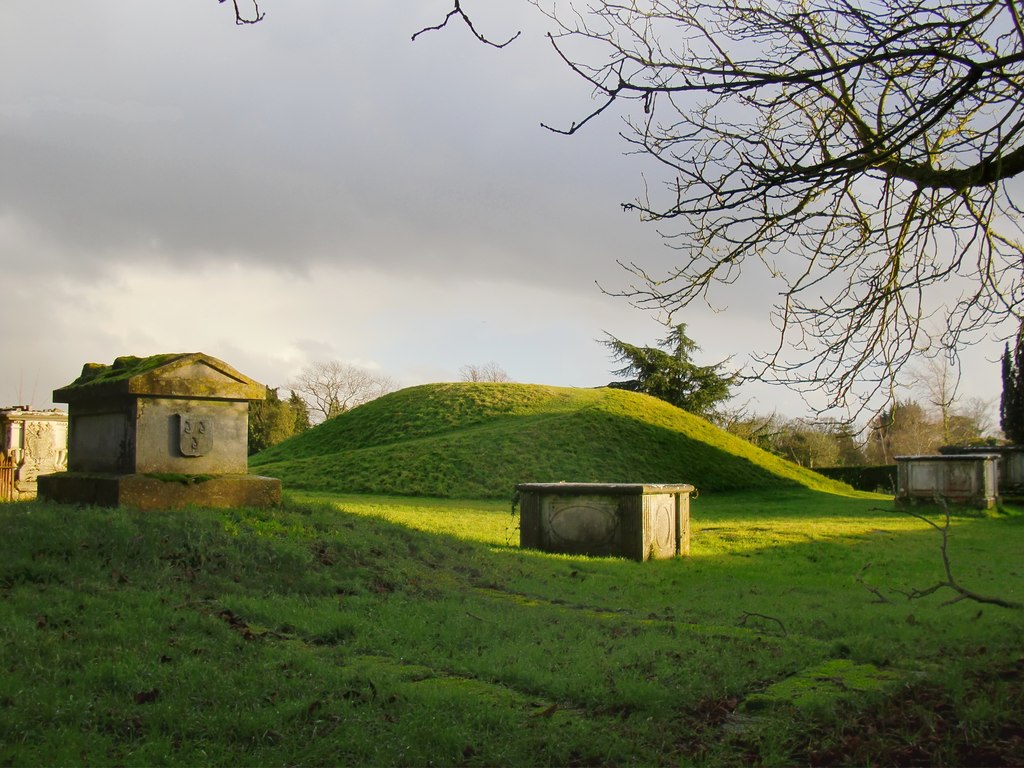 Stefan Czapski, CC BY-SA 2.0, Wikimedia Commons
Stefan Czapski, CC BY-SA 2.0, Wikimedia Commons
What Does The Sword Look Like?
Found in a man’s grave, the sword has a gilt-and-silver-plated hilt, and is engraved with a decorative pattern. A ring is fused to its pommel (the top of its handle). The long blade sports a “runic script". Also found, were parts of the swords scabbard—a sheath of wood and leather lined in beaver fur.
The lead archaeologist, Duncan Sayer, had a lot to say about this remarkable object.
What Is Significant About The Sword?
According to Sayer, “Swords like this are very special. It’s really incredible, in the top echelons of swords, an elite object in every way, which is wonderful. It rivals the swords from Dover and from Sutton Hoo”.
He also has some intriguing thoughts about the sword’s origin, too.
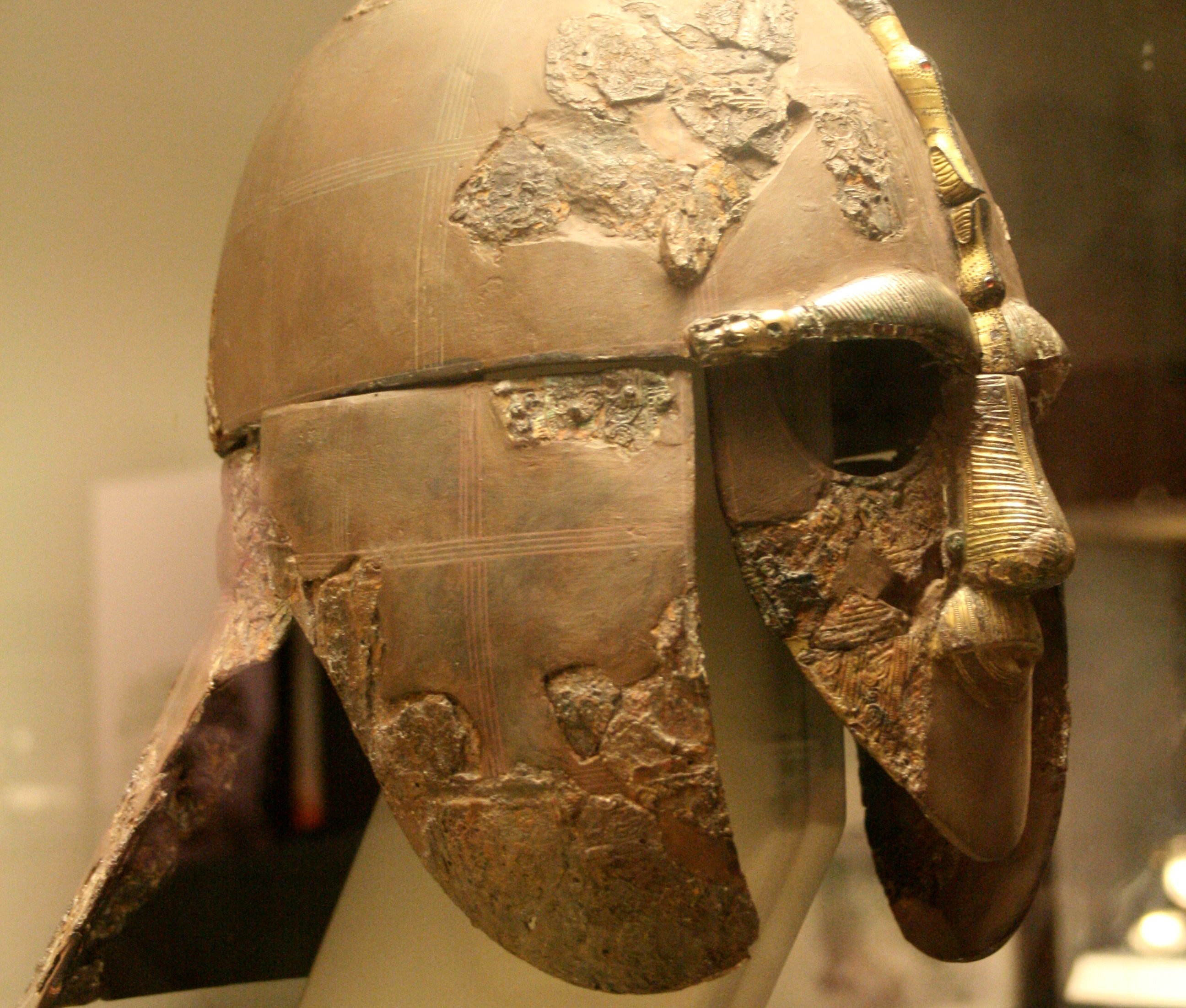 British Museum, CC BY-SA 3.0, Wikimedia Commons
British Museum, CC BY-SA 3.0, Wikimedia Commons
Where Did The Sword Originate From?
Sayer believes the sword might have been a gift from a royal, and that it may have been used for generations, signifying social status. The fact that it was buried with its last owner might suggest it gave the man “authority".
Even the way it was buried tells a story.
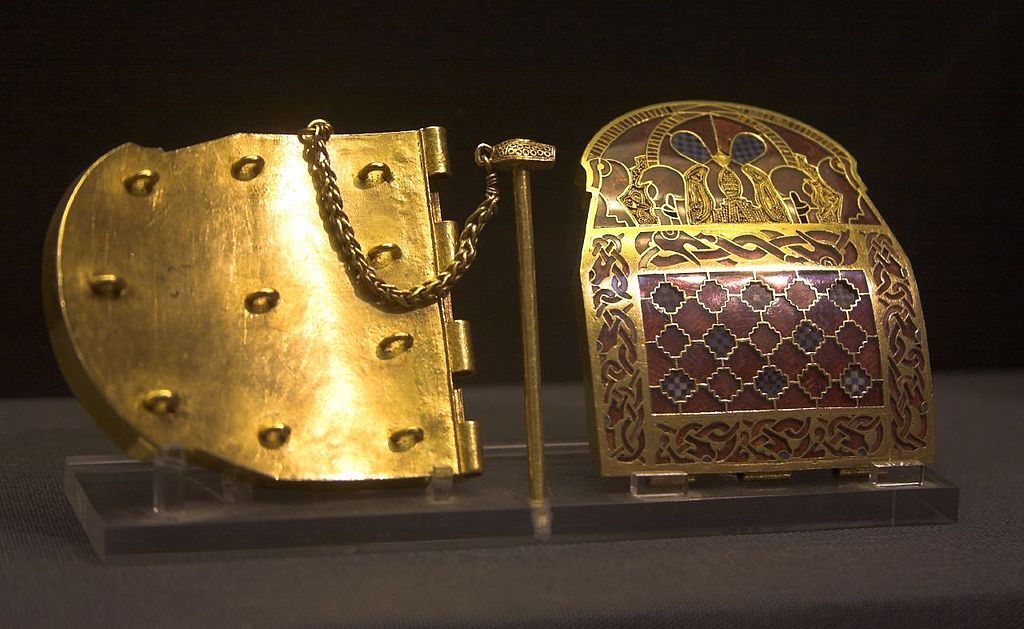 British Museum, CC BY-SA 2.5, Wikimedia Commons
British Museum, CC BY-SA 2.5, Wikimedia Commons
How Was The Sword Buried?
According to Sayer, “It looks like the man it was buried with is hugging it. The hilt and guard end up at the head and shoulder height, visually intermeshed with his face and his personal appearance". The sword was kept close to the human body, carefully placed in position before being buried. This is a sign of great respect, both for the man and for the magnificent piece he was taking with him.
This wasn’t the only treasure this man was buried with, either.
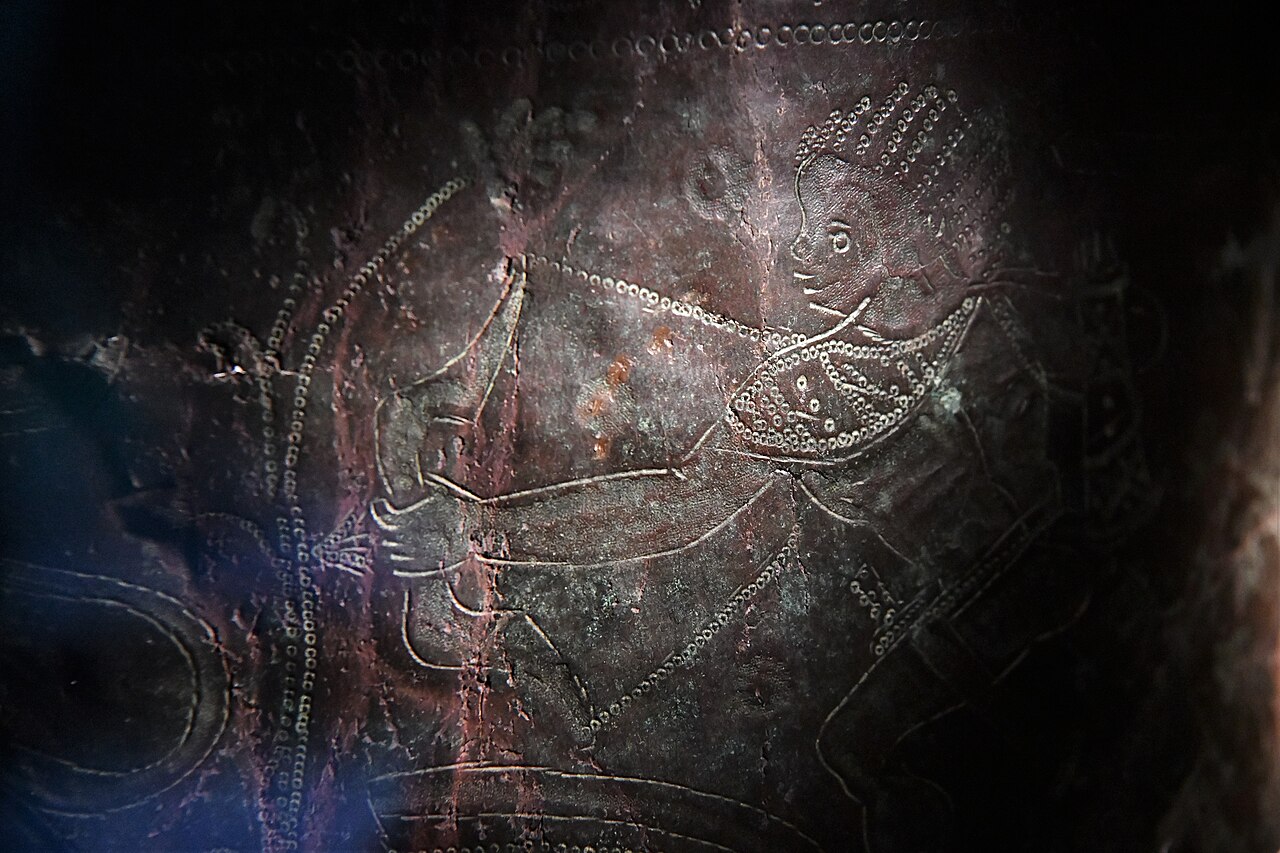 Michael Garlick, CC BY-SA 2.0, Wikimedia Commons
Michael Garlick, CC BY-SA 2.0, Wikimedia Commons
What Else Was Found?
Along with the sword, the man’s grave also had a stunning gold pendant engraved with a dragon or serpent—which archaeologists believe might have been a “treasured keepsake” possibly belonging to a female of high status.
Researchers are still working to understand the ancient weapon’s significance and markings. The ring attached to the hilt, for example, indicates there’s an interesting origin story—and Sayer has a few theories of his own.
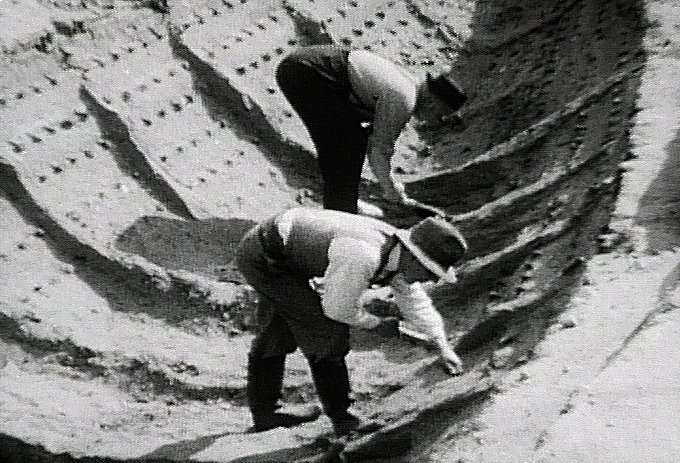 Harold John Phillips, Wikimedia Commons
Harold John Phillips, Wikimedia Commons
Who Was The Man Buried With The Sword?
Sayer told Newsweek that, “It’s been suggested that swords had their own distinct identity, and the ring on this one may suggest that it was a gift from a king or important lord". Or, maybe, the man it was buried with happened to be a king or lord himself. Something earned him the right to be buried with this priceless artifact.
As more graves are excavated, more details will emerge. But that’s not the only part of the story that this grave digging expedition is looking to learn.
 Yorkshire Museum, CC BY-SA 4.0, Wikimedia Commons
Yorkshire Museum, CC BY-SA 4.0, Wikimedia Commons
What Are Archaeologists Looking For?
Archaeologists are deeply aware that they are handling what was once a living person—and that grave digging isn’t exactly a job that just anyone could do. But there’s a good reason they do it.
Many researchers see themselves as scholars of the past, and as speakers for the dead, giving a voice to those whose stories would otherwise be lost to history.
Everything, from how they died to how they were buried, gives them pieces to the puzzle—including what can be found on the sword.
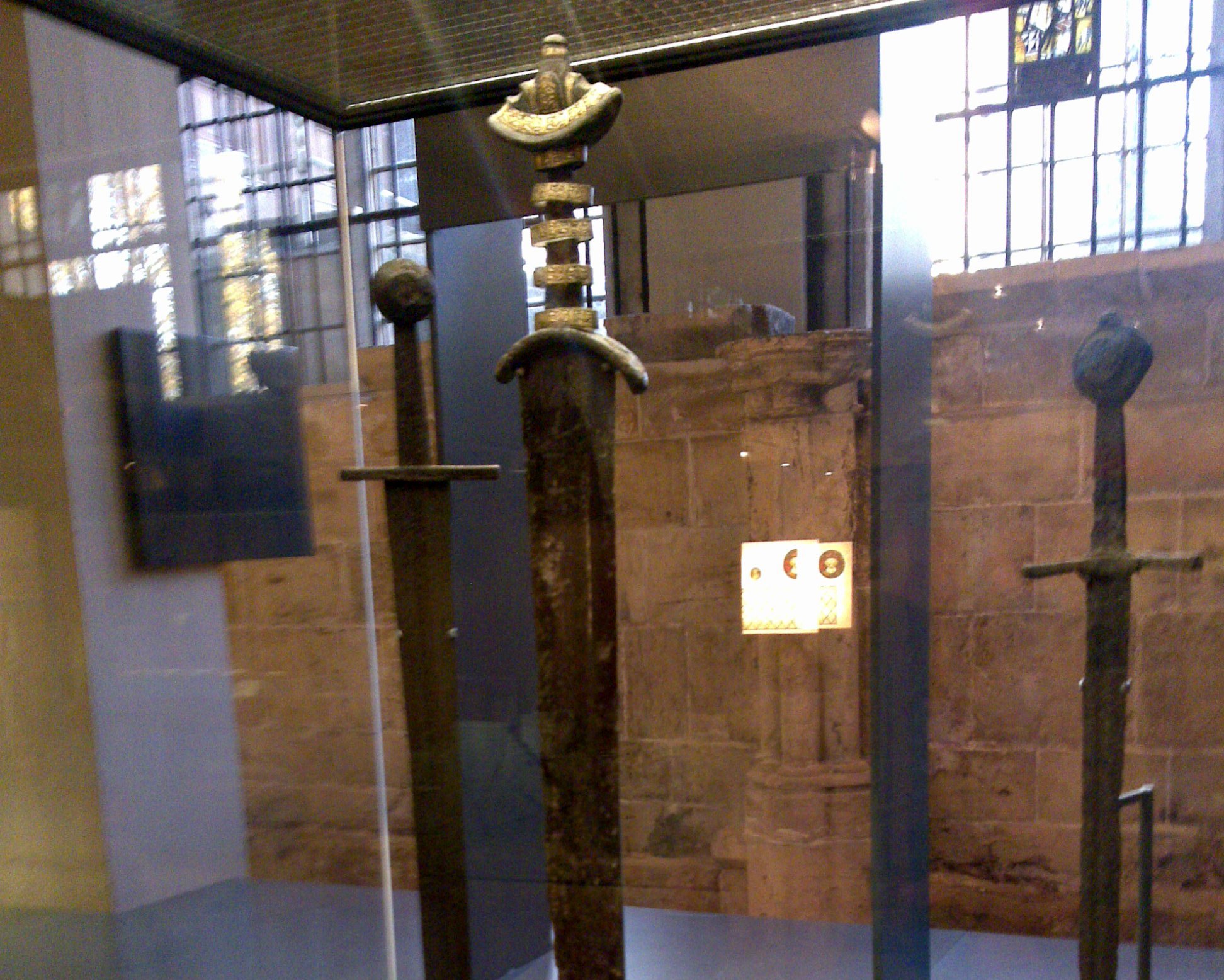 Rehevkor, CC BY-SA 3.0, Wikimedia Commons
Rehevkor, CC BY-SA 3.0, Wikimedia Commons
What Was On The Sword?
In specific to this dig, conservator Dana Goodburn-Brown is studying and preserving the sword in her lab. Her analysis of this particular grave site has made some pretty incredible discoveries.
Using a microscope to magnify details on the sword, Goodburn-Brown revealed hidden clues about the sword—including fly pupae.
What Do The Fly Eggs Tell Us?
The fly eggs on the sword indicate that the body was not immediately covered before being buried—perhaps giving people time to say goodbye before the burial. “So, we’re learning something about the funerary practices,” Goodburn-Brown said.
Exploring funeral practices from the past leads us down a rabbit hole of intriguing cultural traditions, which is a very fascinating piece of history—and important to our understanding of the world.
The fact that they were buried with so much treasure is another hot topic.
What Other Objects Were Buried With The Anglo-Saxons?
One of the graves at this cemetery belonged to a woman buried in the later fifth century with objects that had originated in Scandinavia. And some of the later sixth-century graves have artifacts of a Frankish origin—giving an interesting look and which objects were deemed meaningful enough to be buried with.
But probably the most pressing question many researchers have is, how are these objects so well-preserved?
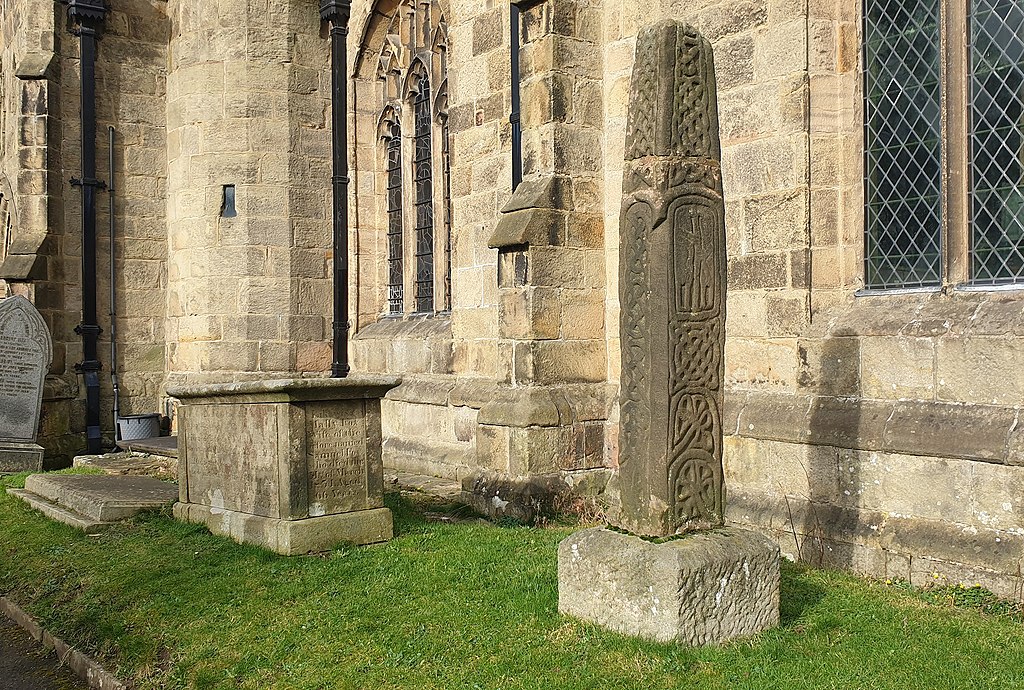 Douglal, CC BY-SA 4.0, Wikimedia Commons
Douglal, CC BY-SA 4.0, Wikimedia Commons
How Was The Sword So Well-Preserved?
The sword itself is said to be approximately 1,500-years old—and yet it was found in incredibly good condition. Professor Alice Roberts, an academic who presents archaeological documentaries and has seen her fair share of ancient treasure, told The Guardian, “I’ve never seen one that’s so beautifully preserved".
Most swords recovered in excavations in Britain are corroded and broken, usually due to inferior forging techniques and damp burial conditions. So, the secret to this sword’s incredible condition is one historians are itching to figure out.
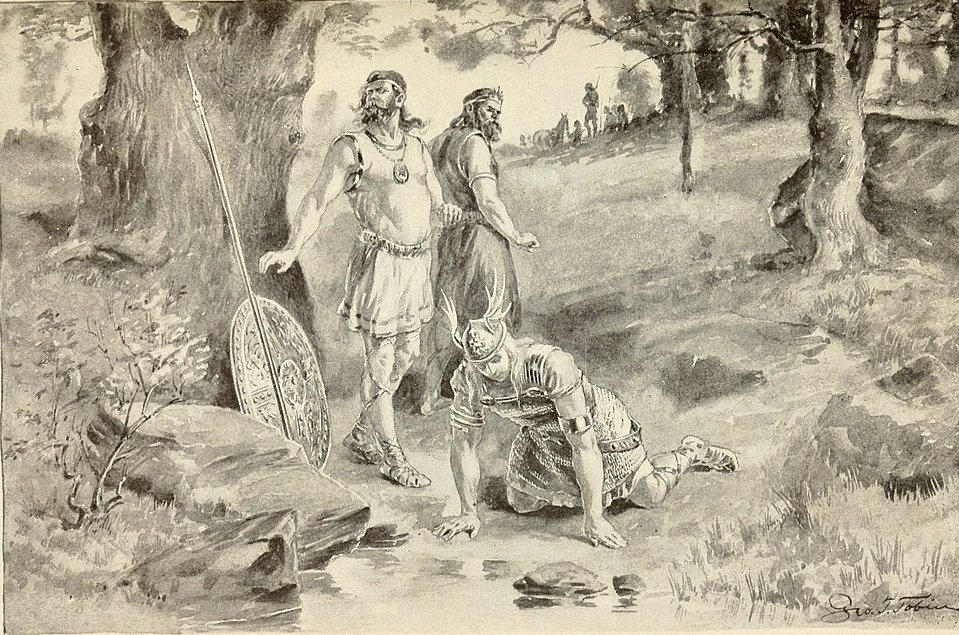 Zenaide Alexeievna, George Timothy
Zenaide Alexeievna, George Timothy
How Much Progress Has Been Made So Far?
12 graves have been excavated so far at this particular cemetery, each yielding remarkable discoveries that lead to more answers. And there are believed to be about 200 more just like them.
It’s an exciting job, really. If they already found a priceless artifact and they’re only 12 graves in, imagine what else is waiting to be discovered.
In fact, the team was looking for more than just gold when they started—and they’re biggest question has also been answered.
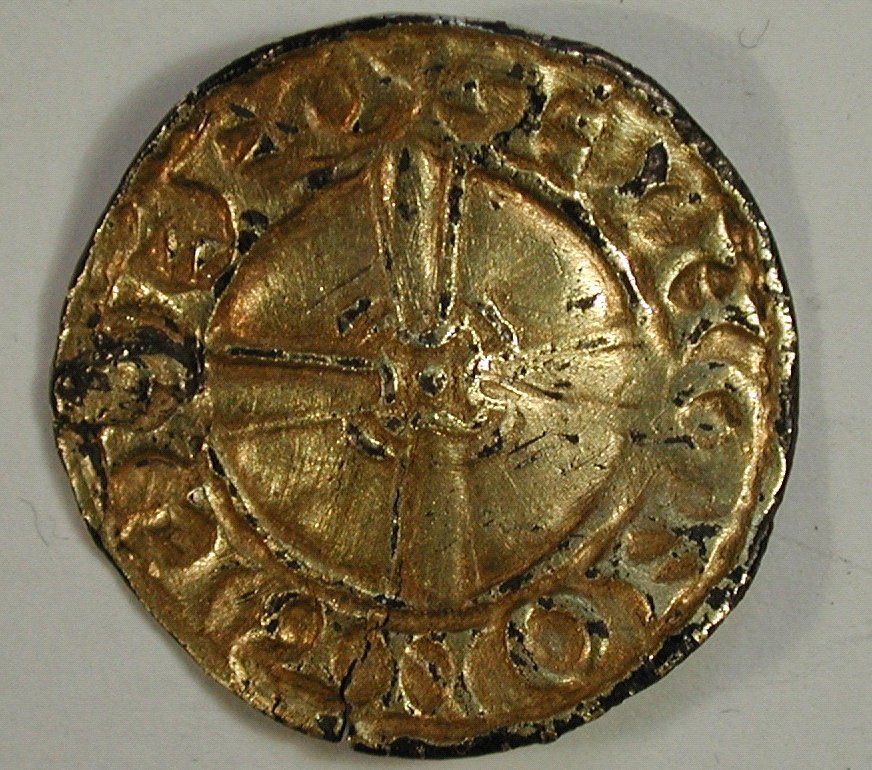 Victuallers, CC BY 2.0, Wikimedia Commons
Victuallers, CC BY 2.0, Wikimedia Commons
What Were They Originally Looking For?
The excavation at this particular site is actually part of a much broader study that is examining early Anglo-Saxon populations—and has now made incredible discoveries to add to the history books.
DNA analysis of 300 Anglo-Saxons from the east coast of Britain found that 75% of their ancestry traces back to continental northern Europe—which finally gives researchers concrete evidence of “a significant migration event” that occurred after the end of Roman rule.
While this is huge news for history, the sword itself has stolen the thunder, and it made headlines thanks to Ms Roberts.
 Johannes Gehrts, Wikimedia Commons
Johannes Gehrts, Wikimedia Commons
How Did The Public Find Out About The Sword?
Alice Roberts is the presenter for the BBC television series Digging For Britain, a docuseries that focuses on archaeological excavations and research in the United Kingdom. The show recently did an episode highlighting the discovery of the sword in their 12th series, which aired in January 2025.
Along with the documentary, many news outlets reported on the findings as well. But there’s one piece of information no one will give you.
 Sarah Smith, CC BY-SA 2.0, Wikimedia Commons
Sarah Smith, CC BY-SA 2.0, Wikimedia Commons
What Is The Location Of The Site?
The team credited with this renowned discovery are keeping a tight seal on this one. The precise location of this site is being kept a secret, as it is said to be “rich in value, both historically and monetary,” and they aren’t exactly done with it just yet.
Sayer told The Guardian, “We’re keeping the name of the site under wraps. It’s a very rich cemetery. It would be a real tragedy if it became well known before we’ve excavated it".
At this point, all they will tell us is that the graves are “near Canterbury, north of Folkestone".
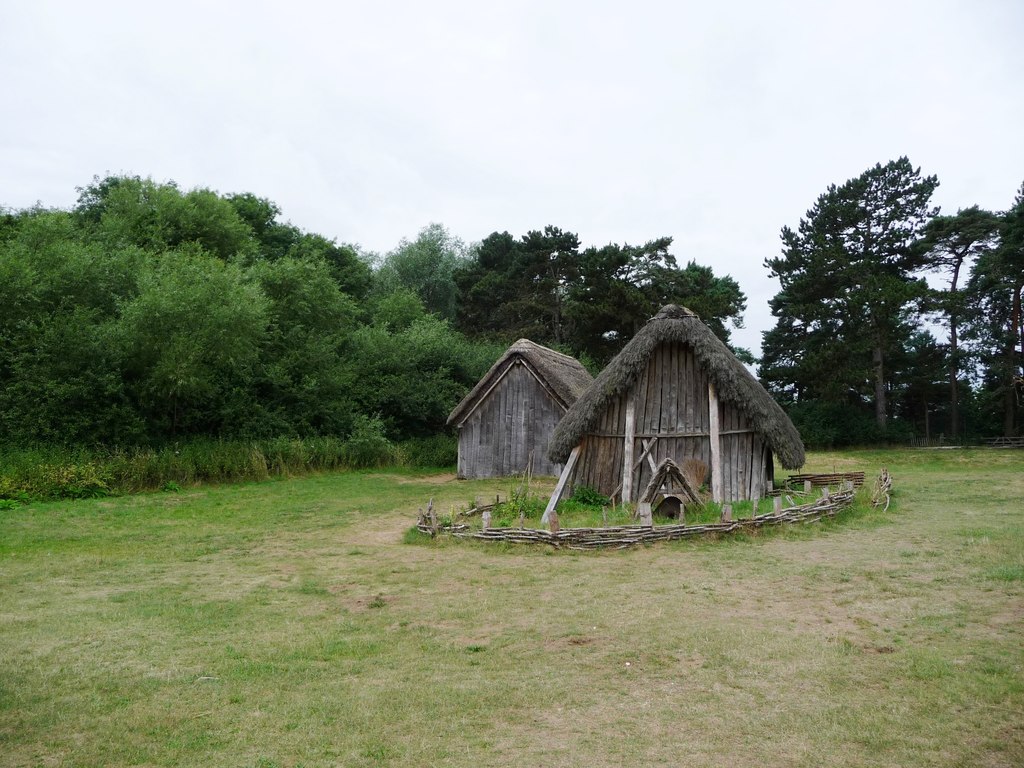 Christine Johnstone, CC BY-SA 2.0, Wikimedia Commons
Christine Johnstone, CC BY-SA 2.0, Wikimedia Commons
What’s Next?
The discovery of the ancient sword has been a topic of conversation among academic experts everywhere. Historical sources from this time period, which at one point was called the Dark Ages, are sparse. As Roberts has said, “we don’t have much in the way of contemporary writing".
Aside from the sword, the cemetery in general is a treasure trove of historical information. It has essentially opened up a portal to the past—and we’ve only barely scratched the surface.


